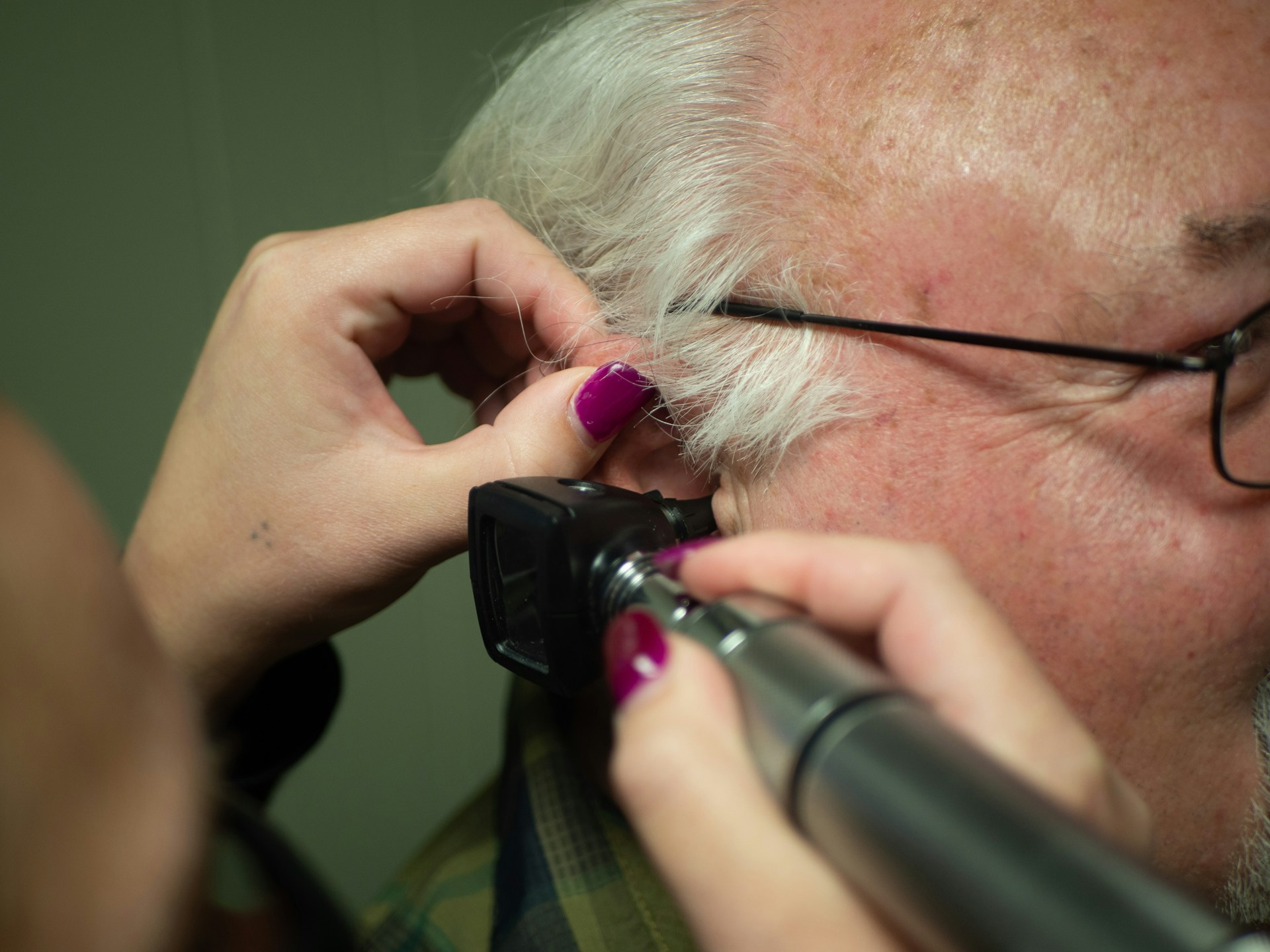Caring for a child’s hearing is an essential part of early development. Often, parents might overlook minor signs that could point to hearing difficulties, attributing them to behavior or personality. Yet, detecting these signs early can make a significant difference in a child’s ability to learn, communicate, and interact with the world. Understanding these warning signs is crucial for parents who want to ensure their child thrives academically and socially.
Children with hearing issues may face challenges that affect their daily life, from struggling with communication to experiencing difficulties in school. Recognising the first signs of a hearing problem is an important step in getting your child the help they might need. By being aware of these common issues, parents can take action earlier, giving their child the best chance to overcome any difficulties.
Recognizing Early Signs of Hearing Problems
One of the first clues that a child might have a hearing problem is delayed speech development. Kids usually start babbling by 6 months, saying simple words by their first birthday, and beginning to form basic sentences by age two. If speech milestones seem off track, it might indicate a hearing issue. It’s important for parents to be observant and consult with a healthcare professional if there are any concerns.
Another sign to watch is how a child responds to their name or common sounds. If they don’t consistently react when called from another room or if they don’t turn their head towards noises like television or music, this might be a signal that hearing isn’t as sharp as it should be. Children who frequently ask for things to be repeated, especially in relatively quiet environments, may also face hearing challenges.
While these signs can sometimes be subtle, paying attention to them helps identify potential problems before they escalate. Regular observation and noting such behaviors are practical ways parents can protect their child’s hearing health. Simple but often overlooked signals can be pivotal in ensuring a child receives the necessary support to maintain and improve their quality of life.
Behavioural Indicators
Sometimes, a child’s behaviour can provide important hints about potential hearing issues. If your child struggles to follow directions, especially in a group setting where there are a lot of distractions, a hearing problem might be the reason. Observe whether they need instructions to be repeated multiple times or if they seem lost during activities that involve verbal cues.
You might also notice your child frequently turning up the volume on the television or other devices. This behaviour could indicate they’re trying to compensate for what they can’t clearly hear. In addition, if your child often seems inattentive, as though they’re daydreaming or not listening, it may be more than a simple issue with focus. Sometimes kids who can’t hear well might appear disinterested or disconnected because they’re missing crucial audio information.
Taking note of how your child engages with their surroundings and reacts to verbal communication can help spot any issues early. It’s about noticing changes that deviate from their usual patterns of behaviour, giving you the clues needed to take further action.
Physical Symptoms to Watch For
Beyond behavioural signs, there are several physical symptoms that could indicate hearing troubles. For instance, if your child frequently rubs or tugs at their ears, it could be a sign of discomfort or irritation. Such actions might suggest an underlying ear problem that warrants attention.
Complaints about ear pain or discomfort are also red flags. Kids might describe this as a “full” feeling or a sensation of pressure in their ears. Recurring pain or discomfort shouldn’t be ignored and merits a visit to a healthcare professional.
A history of frequent ear infections or colds is another potential indicator. These conditions can contribute to hearing problems if they occur repeatedly. Remaining alert to these physical symptoms not only helps in early detection but also assists in tackling health issues before they grow into more serious concerns.
Importance of Pediatric Hearing Tests
A pediatric hearing test offers a clear picture of your child’s auditory health. These tests are unique because they’re designed specifically for little ones, ensuring they are both simple and non-intrusive. During the test, various techniques measure how well the child’s ears receive and process sounds.
Early diagnosis is incredibly beneficial. Spotting problems ahead of time allows for effective treatments and interventions. It can lead to improved speech, language, and learning outcomes for your child. Knowing what to expect can ease the process. Before the test, tell your child about what will happen in simple terms to put them at ease. You might say, “The doctor will play sounds to us, and we’ll listen closely.”
By committing to regular hearing check-ups, you’re providing your child with the opportunity to thrive without the setbacks of undetected hearing loss. It’s all about nurturing their growth and ensuring a world full of sound and communication.
Addressing hearing issues early can significantly enhance a child’s development and quality of life. For personalised advice on a pediatric hearing test, Country Hearing Care offers expert insights and guidance. Discover how timely intervention can support your child’s journey to a healthier auditory future.











